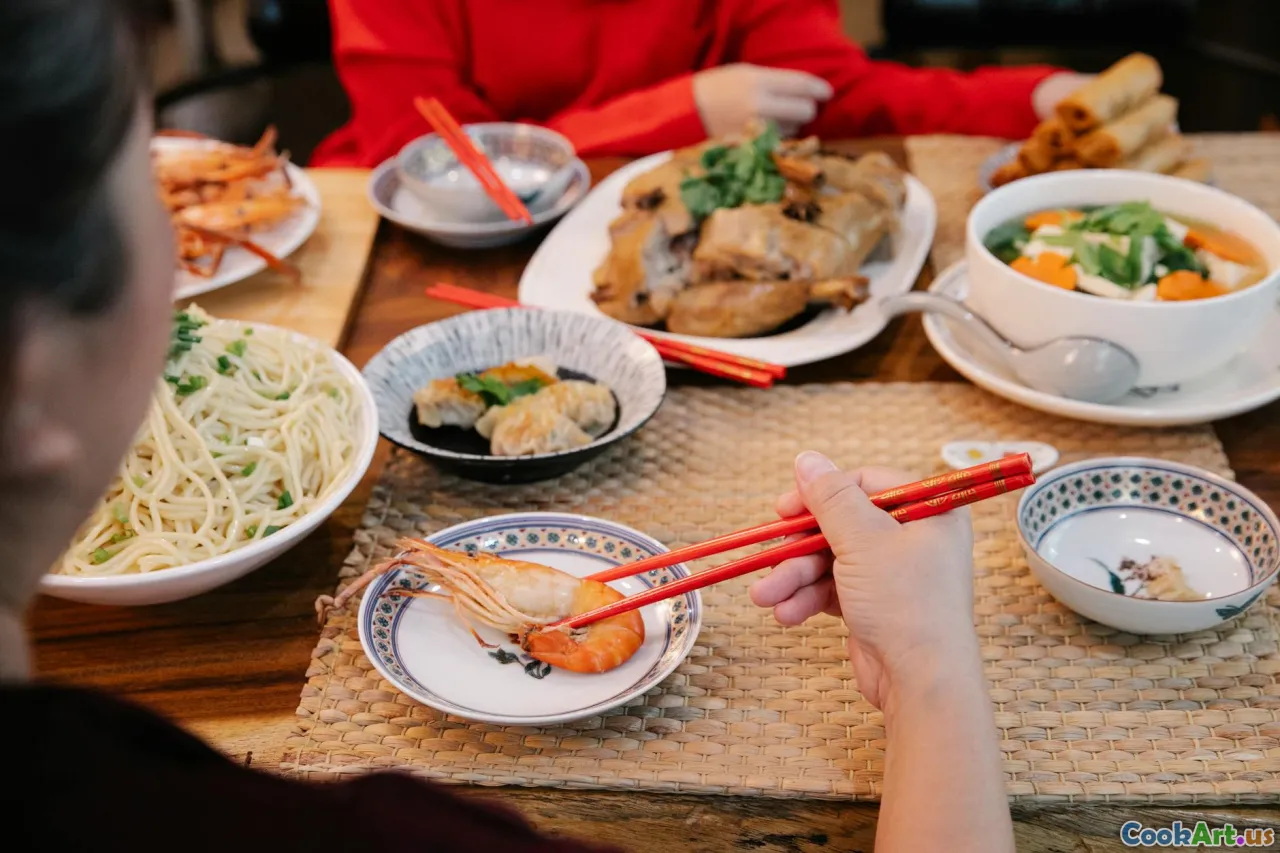Culinary Traditions Reimagined
6 min read Explore how culinary traditions are being transformed, blending history with innovation for a rich tapestry of global cuisine. April 08, 2025 07:45
Culinary Traditions Reimagined
Culinary traditions are often seen as static, timeless practices passed down through generations. However, in today's rapidly changing world, these traditions are vibrant and evolving, reflecting cultural exchanges, technological advancements, and the dynamic nature of food itself. This article explores how culinary traditions are being reimagined across the globe, bringing forth new flavors, techniques, and experiences that celebrate both heritage and innovation.
The Fusion of Cultures
One of the most exciting aspects of culinary reimagining is the fusion of different culinary practices and ingredients. In cities where diverse cultures converge, such as New York, London, and Tokyo, chefs are blending traditional recipes with modern techniques and flavors from around the world.
For instance, the rise of Korean tacos—a delightful combination of Korean barbecue and Mexican tortillas—has captivated food enthusiasts. This dish exemplifies how culinary boundaries can be blurred, resulting in innovative creations that honor the essence of both cultures while paving the way for a new culinary identity.
Embracing Local Ingredients
Reimagining culinary traditions also means a deeper connection to local ingredients and seasonal produce. Chefs and home cooks alike are increasingly turning to farm-to-table practices that emphasize sustainability and freshness. By sourcing ingredients from local farms and markets, they not only support their communities but also enhance the flavors of their dishes.
For example, the Mediterranean diet has seen a resurgence as chefs focus on using fresh, regional ingredients like olives, tomatoes, and herbs. This shift not only revitalizes traditional recipes but also encourages a return to simpler, more wholesome cooking methods that celebrate the bounty of the land.
Technology and Culinary Evolution
Technology plays a significant role in the reimagining of culinary traditions. With the advent of digital platforms, chefs can share their creations with a global audience, allowing for greater experimentation and collaboration. Social media has become a vibrant space for culinary storytelling, where dishes can be visually showcased, inspiring a new generation of food lovers.
Moreover, modern cooking techniques—such as sous-vide, molecular gastronomy, and fermentation—are being integrated into traditional cooking practices. For instance, chefs are using sous-vide methods to achieve perfect textures in classic dishes like coq au vin or beef bourguignon, enhancing their flavors while maintaining the integrity of the original recipes.
Celebrating Culinary Heritage
While innovation is key, so is the celebration of culinary heritage. Many chefs are finding ways to honor their roots by reinterpreting traditional dishes. This approach not only preserves cultural identities but also invites diners to engage with the stories behind the food.
For instance, chefs might revisit family recipes passed down through generations, adding a contemporary twist while keeping the core elements intact. This practice allows for personal narratives to be woven into the culinary experience, creating a deeper connection between the diner and the dish.
The Role of Storytelling in Food
Food is inherently tied to stories—each dish has a history, a memory, and a meaning. In reimagining culinary traditions, storytelling becomes essential. Chefs and food advocates are increasingly focusing on the narratives behind the ingredients and techniques they use.
By sharing stories of their cultural backgrounds, sourcing practices, and cooking processes, they create a richer dining experience. For instance, a restaurant might host events where chefs explain the significance of a dish, fostering appreciation and understanding among diners.
Conclusion: A Culinary Tapestry of Innovation
Culinary traditions are not relics of the past; they are living, breathing entities that continue to evolve. As chefs and home cooks reimagine these traditions, they weave together a tapestry of flavors, techniques, and stories that reflect our global society. By embracing innovation while honoring heritage, the culinary world becomes a place where old and new coexist, creating exciting experiences for all.
In this ever-changing landscape, the future of food remains bright and deliciously unpredictable.









